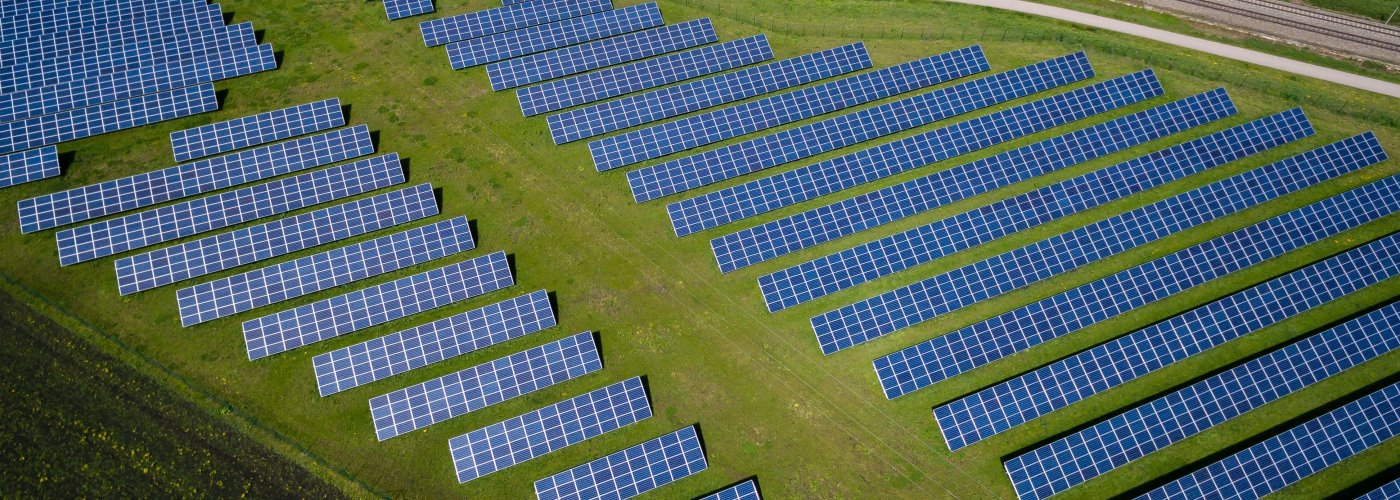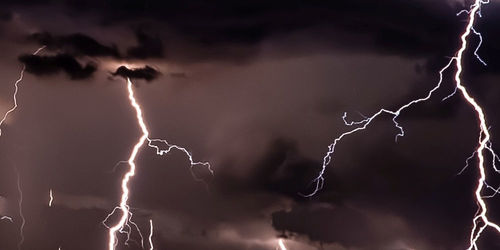

As the United States continues to increase its renewable energy generating capacity over the coming decades, one of the major obstacles in the area of solar power that will need to be addressed is the conflict over land use. Utility-scale solar power facilities take up a substantial amount of land. For example, a fixed-tilt solar panel plant large enough to generate all of the electricity for 1,000 homes would require, on average, 32 acres of land. One solution to this solar power land use issue that has started to gain traction internationally, but has yet to take off in this country, is floating photovoltaic (FPV) systems.
FPV systems are solar panels that are mounted on special pontoons that sit on the surface of a body of water. For utility-scale solar power generation they are usually installed on reservoirs that are already being used for hydroelectric power or drinking water. In so doing, these FPV installations also provide some benefits, in addition to increasing the output of local renewable energy. Water loss due to evaporation from direct sunlight on the water surface is reduced by the installation of these floating panels, which could help in many drought stricken areas of the western United States. Also, the shade provided by these installations tends to curb algae growth.
In a 2018 study from the National Renewable Energy Laboratory, it's estimated that 5.1 million acres of land could be saved if solar panels were installed on bodies of water instead of land-based installations. Furthermore, utilizing reservoirs already geared for hydroelectric power (near dams) can significantly increase the efficiency and cost effectiveness of these FPV systems as the electrical transmission systems are already in-place. Going forward, one issue that will need to be addressed, if FPV systems are to proliferate in a significant way, will be any negative impacts these larger-scale systems will have on water-based recreation (ie. boating and fishing).




